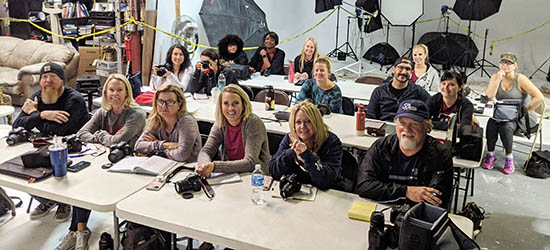A snapshot of another fun Sunday edition of our Intro to Photography DSLR class! This core class is our most popular photography class so we hold it multiple times a month including nights and weekends! This 4 hour class will teach you everything you need to know about your camera and all its settings and functions. In addition, you will learn how to take better pictures!

